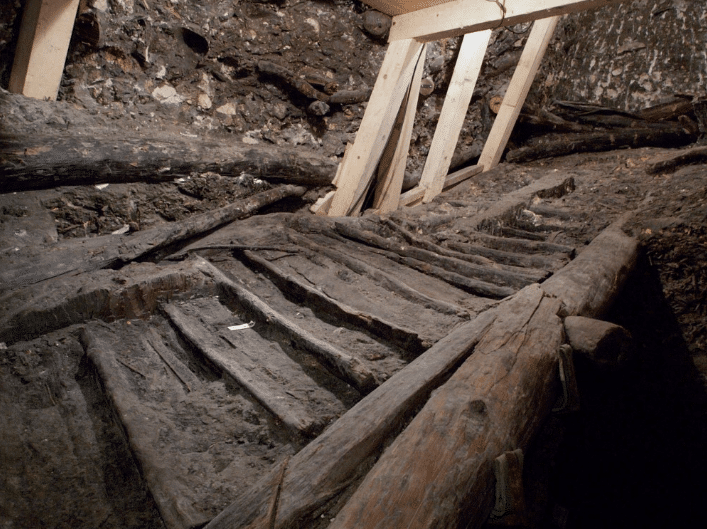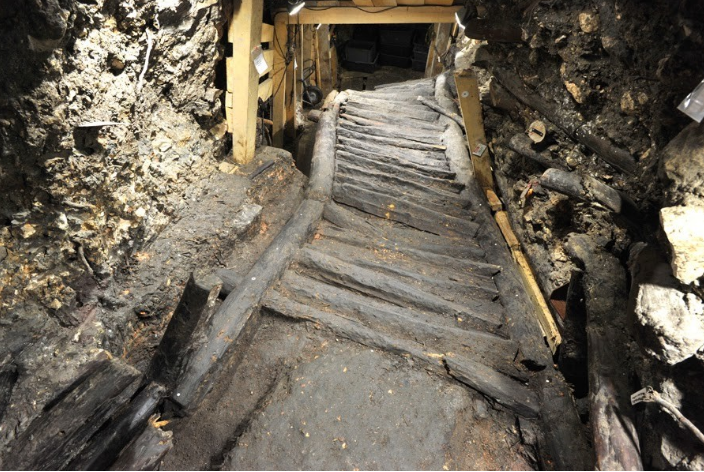The Oldest Wooden Staircase Ever Found Dates Back to 3,400 Years Ago and Is Perfectly Preserved
Did you know that the oldest wooden staircase in Europe can be found in Salzwelten Hallstatt? It’s an astounding historical structure, nearly 3,400 years old. Although no one uses these ancient stairs anymore, visitors can still admire this remarkable piece of history.
The wooden staircase was discovered in 2002 within the prehistoric section of the Christian von Tuschwerk salt mine, situated in the picturesque town of Hallstatt, Austria. Scientists from the Natural History Museum of Vienna, using tree-ring dating and conducting investigations, determined that the stairs were employed to transport “white gold” from the mountain during the years 1343-1344 BCE.
The staircase stands out due to its exceptional construction and remarkable preservation. No similar example has been found from either earlier or more recent times. It was designed to meet specific requirements, such as portability (as a demountable, modular structure), adjustability (to accommodate varying shaft inclinations within the mountain), and replaceability. With steps measuring 1.2 meters (4 ft) in width, the staircase facilitated the transportation of heavy loads and allowed for two-way traffic with carrysacks, enabling personnel access.
Spanning over 8 meters (26 ft), the staircase was built to overcome substantial heaps of mining waste. Woodworking marks preserved on the material indicate that the wood was not shaped or cut with chisels or adzes but rather created by transverse cutting using a bronze axe.
While this construction is unique and not found in other mines, parts of similar staircases have been discovered in different sections of the Hallstatt salt mine itself. This suggests that such staircases were the preferred access equipment for salt mining during the Bronze Age. Two variants likely existed: a wide structure supported on mining waste primarily used for salt transport and a narrower version found in shafts solely for personnel access.
Interestingly, the salty environment of the mine has contributed to the staircase’s excellent condition by preserving microbial growth. However, when it was disassembled and transported to the Museum of Natural History in Vienna for thorough analysis in 2014, fungi began to grow on the wood despite preservation efforts. As a result, the staircase was returned to Hallstatt in 2015 and is currently on display within the “show-mine.”
We can only hope that this remarkable artifact will endure for many more millennia, despite human intervention, serving as a testament to the ingenuity and craftsmanship of the past.
Hits: 0





